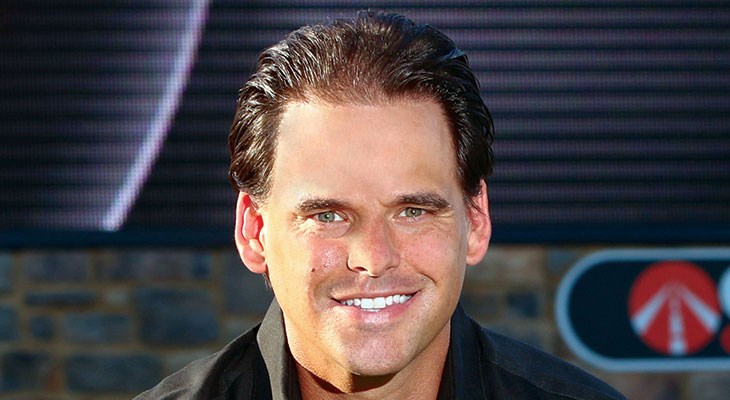When Thaddeus Bartkowski was CEO of Catalyst Outdoor Advertising, he was approached by an investment bank about selling some of the company’s assets. Bartkowski and his partners believed the timing was wrong, but a series of conversations persuaded them to move forward.
They should have trusted their instincts, he says
The divestiture failed because Bartkowski and his team were right: It was too early to take those assets to market. They also discovered that investment bankers didn’t understand Catalyst Outdoor’s niche as well as he and his partners did.
“I think you need to know the time and the place to utilize [investment bankers]," Bartkowski says. “And I think you need to really trust your own instincts and trust your own business insofar as the timing to go to market.”
After the false step, Bartkowski took matters into his own hands. He began to lay his own groundwork for future deals for Catalyst Outdoor, the largest outdoor digital signage network in Philadelphia.
Now CEO of Catalyst Experiential, Bartkowski shared his experience at the 2019 ASPIRE Conference in Philadelphia. We caught up with him after the event to learn how taking deal matters into his own hands ultimately paid off.
Draw your own conclusions
Recognizing where your company — or in this case assets — are relative to their scale and their maturity is of the utmost importance, Bartkowski says. You need to know whether they’re ready for the market, regardless of how the market may be trading.
“That was our situation,” he explains. “Our market in our industry had gone through a fundamental change with publicly traded companies who were in the thick of converting over to REITs, and that was driving up their valuations. They could now afford to pay more for asset bases like ours, so there was a significant number of transactions that were happening in the space. We wanted to try and capture that transition, but our assets hadn’t matured enough.”
Catalyst had only a few legitimate suitors. As a result, Bartkowski decided it would be better, while the company grew and its assets matured, to create the relationships on his own.
“I went directly to the right people, CEO-level and equivalent, at the organizations that I thought were potential buyers, and took the time to create relationships with them personally,” Bartkowski says.
Through that process, he could better understand the needs of those companies so that when he and his partners were ready to go to market, the relationships would be in place. In turn, it gave the acquiring partners the opportunity to form their own conclusions about Catalyst and its management team based upon direct interaction.
“And that's always better than them forming their opinions or conclusions through some intermediary like an investment banker,” Bartkowski says.
Foundation of trust
Bartkowski’s direct approach enabled him and Catalyst to develop relationships predicated on trust. That created the understanding that when he and his partners were contemplating a transaction with their industry peers, that they would do what was in the best interest of both parties. That was proven when he advised a potential partner against purchasing certain Catalyst assets because Bartkowski believed they weren’t the best fit for that company’s portfolio.
“I sat there with the CEO of a major publicly traded outdoor company and we went through the assets that we owned and he said, ‘Well I want this one and that one,’ and we went through a list. And I said, ‘That's fine, but you don't want these three. These three are not right for you because of X, Y and Z. These three don't fit with your portfolio because of A, B and C and oh, by the way, let me tell you what the downsides to these assets are.’ And he said, ‘I've never once offered to buy an asset from somebody in your position and then they’ve told me not to buy it.’”
Bartkowski says the strategy enabled him to call potential buyers in the future who have only bought meaningful assets from him, assets that were accretive to their portfolios and provided a good financial return, and they’d take the call. After its failed first try, Catalyst subsequently was able to do three separate transactions with the companies in his industry.
“It's the difference between setting out to transact one time and creating a relationship that hopefully creates multiple transactions over an extended period of time,” he says.




